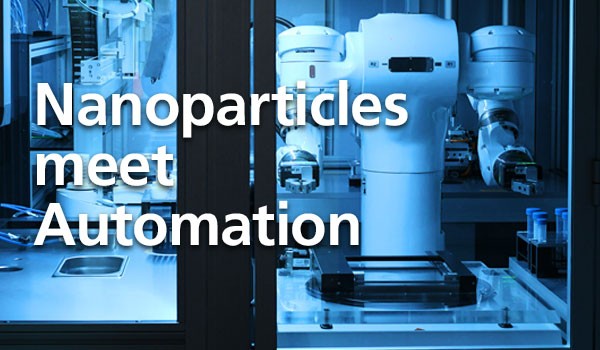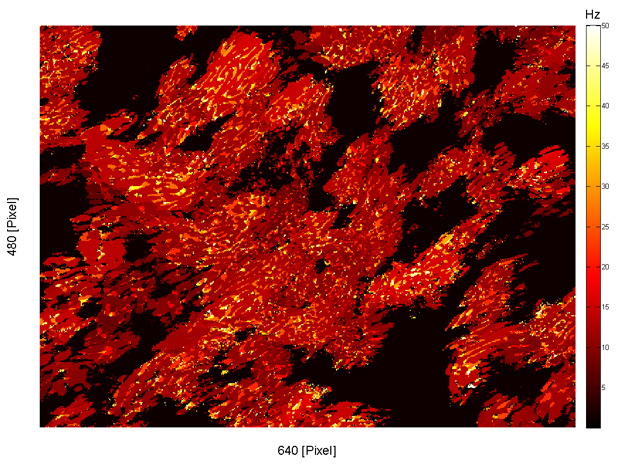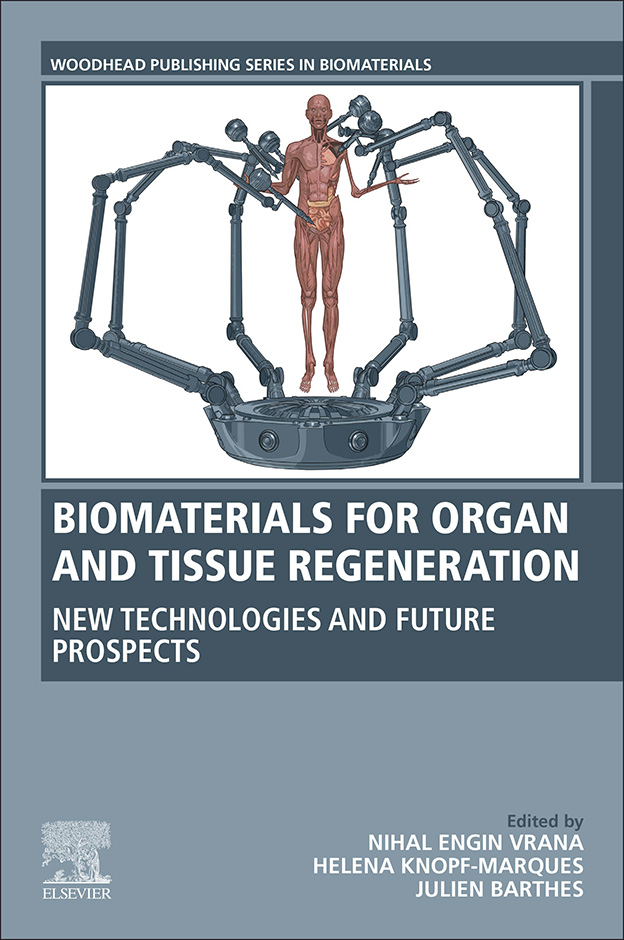News, projects and events
Dates and events
Nanoparticles meet Automation
New concepts for automated processes in materials production and testing

Privacy warning
With the click on the play button an external video from www.youtube.com is loaded and started. Your data is possible transferred and stored to third party. Do not start the video if you disagree. Find more about the youtube privacy statement under the following link: https://policies.google.com/privacy
Biomaterials for Organ and Tissue Regeneration –
New Technologies and Future Prospects
The book describes biomaterial-related technologies, providing comprehensive fundamentals on the properties and use of biomaterials in the context of tissue regeneration and in vitro modeling of organ systems.
By way of introduction, properties and forms of novel biomaterials are described and an overview of so-called off-shoot technologies such as biorobotics, bioinks or bioprinting is given. In addition to a summary of physico-chemical properties, methods used to analyze biostructural characterization and surface functionalization of biomaterials will be addressed.
In addition, properties of modern cell sources such as stem cells and immune cells relevant to regenerative medicine are described. In addition, fundamentals of cellular communication with biomaterials will also be addressed. Subsequently, current organ-specific application areas of biomaterials will be explained. These include, for example, cardiovascular and pancreatic tissue engineering, as well as in vitro replication of the blood-brain barrier, lung, kidney or bladder. Fraunhofer ISC has made a further contribution in this context with the article "Bioartificial gut".
The book concludes with a summary of novel technologies, especially with regard to biomaterials and their relevance for tissue and organ regeneration. Besides nanomaterials and hydrogels, biomaterials and their application in the context of microfluidics, for organ-chip systems or their integration in dynamic bioreactors are discussed.
Three-dimensional airway tissue models based on human primary airway epithelial cells.

A team of researchers from the Fraunhofer TLZ and the University Hospital Würzburg, the Justus Liebig University Giessen, the Otto von Guericke University Magdeburg and the Inscreenex GmbH Braunschweig has compared three-dimensional (3D) airway tissue models based on human primary airway epithelial cells (hAEC) or corresponding cell lines and analyzed in particular the functionality of the cilia (kinocilia).
The aim of the work is to enable the future investigation of ciliopathies, i.e. disorders of the activity of the cilia in the respiratory tract, using human 3D tissue models. To this end, four different human respiratory cell lines were cultured with human primary airway fibroblasts at the medium-air interface and their morphology and cilia beat were analyzed. The study results show that the available cell lines are not suitable for scientific questions that require functional kinocilia to answer. According to current knowledge, 3D tissue models based on hAEC have the highest in vitro - in vivo correlation.
